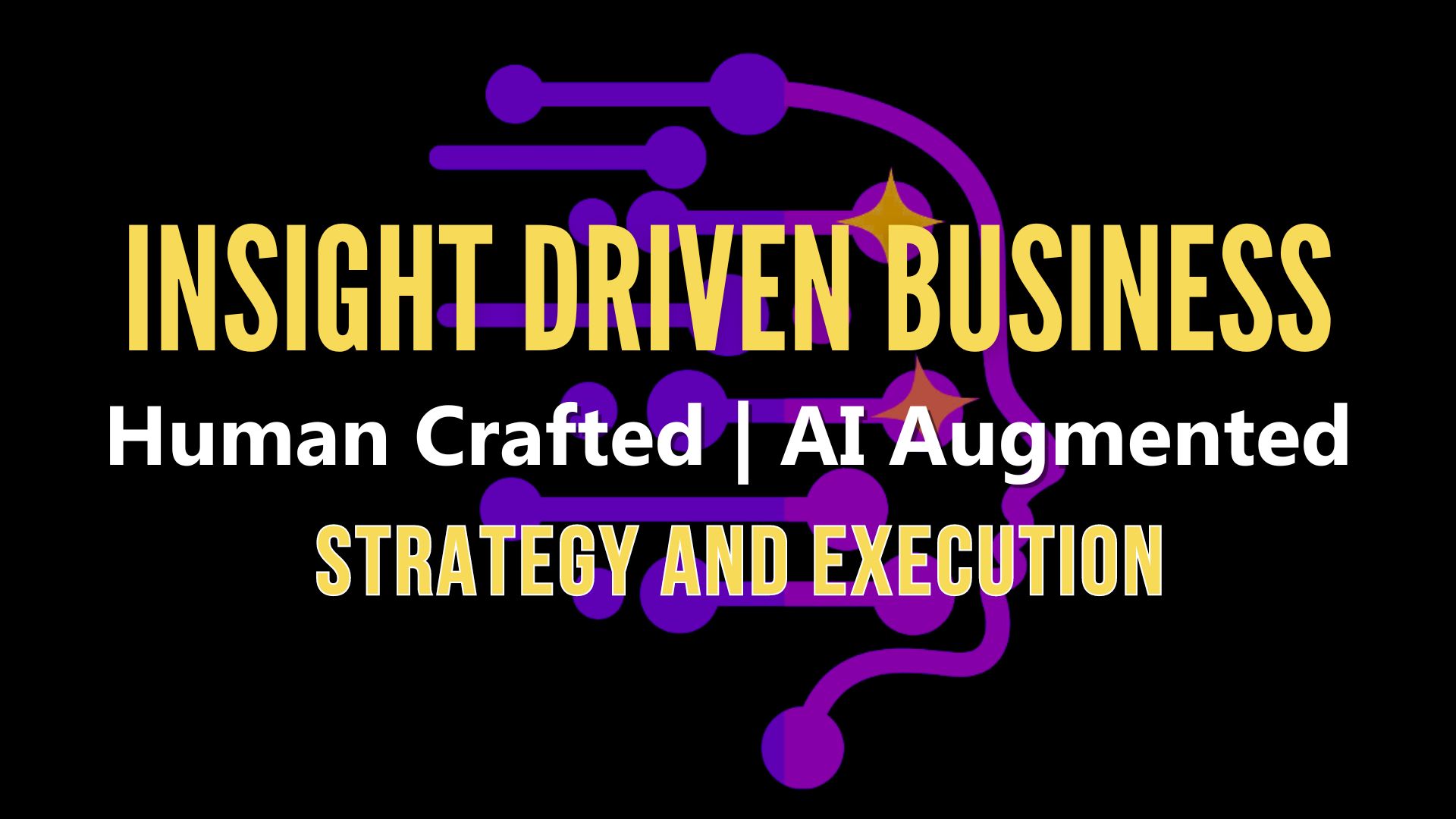
Introduction
Artificial Intelligence (AI) is no longer the stuff of science fiction. It’s a reality, rapidly infiltrating every aspect of our lives, including how we do business. This document will serve as a guide for small businesses to understand AI, its benefits, and how it can be effectively integrated into their business strategy.
The Problem: Navigating Business Strategy
Navigating business strategy can often feel like trying to solve a jigsaw puzzle with thousands of pieces. The decision maker must gather input from a variety of perspectives – marketing, sales, operations, finance, HR, investors, analysts, among others. However, finding the right pieces and fitting them together can be a daunting task, especially when you have to account for market dynamics, technological advancements, and shifts in consumer behavior.
Common Misunderstandings in Applying AI
The application of AI is not as simple as writing a few prompts. It’s like expecting to bake a perfect cake just by having the recipe, without understanding the intricacies of the ingredients, their interactions, and the baking process itself. There are several key elements that small businesses often overlook:
- The art of prompting in AI is only one part of the process.
- A strategic blueprint is required for effective application.
- Proper understanding and application of AI vocabulary are crucial.
- Articulation of goals and expectations from AI need to be clear.
- Critical thinking is essential before initiating AI applications.
Current Solutions and Their Limitations
Presently, small businesses often resort to external coaching companies that employ proprietary systems. However, these solutions often resemble a cook following a fixed recipe without understanding the intricacies of the ingredients, their interactions, and potential substitutions. The results, although edible, may not cater to individual tastes or dietary requirements.
These systems often employ a one-size-fits-all approach, not considering the unique aspects of individual businesses. They seldom diagnose problems specific to each department of a business. This lack of individualized strategy can be likened to treating every patient with the same medicine regardless of their unique symptoms – it’s unlikely to be effective for everyone.
Moreover, these solutions rely heavily on a single point of contact, limiting the ability of the solution to take a multi-faceted view. This is akin to a car restricted by the range of its headlights at night, missing the broader, interconnected issues that businesses often face.
The Future: Integrating AI into Business Strategy
The future of business strategy is akin to the evolution of personal transportation. Not too long ago, we relied on maps and written directions to navigate new areas. Now, we have GPS systems providing real-time, tailored directions. Similarly, AI in business strategy promises a similar leap forward.
A Minimum Viable Product (MVP) for integrating AI into small business strategy could be a sophisticated digital assistant dedicated to the strategic needs of the business. This system would be accessible, secure, and adaptable, much like creating a personalized workspace in the realm of AI, where the tool is molded to fit the hand of the user.
Steps to Implementation
For a small business, implementing AI requires a sequential approach:
- Understand how AI works.
- Learn the limitations of the Language Learning Model (LLM) that the system uses.
- Understand what the AI system is designed for.
- Create an AI policy: usage, data protection, and information creation.
- Identify a group within the organization to become a prototype.
- Have a “fractional AI officer” available for strategy discussions.
Success Stories
Case studies from a Digital Signage Company and a non-profit organization focusing on values-based leadership show the transformative power of AI. These organizations, after implementing AI, experienced tremendous improvements in their brand identity, messaging, market understanding, and client targeting, much like a caterpillar transforming into a butterfly.
Conclusion
The treasure chest of opportunities that AI presents for small businesses is immense. However, simply knowing that the treasure chest exists is not enough. Businesses must take the necessary steps to unlock it.
That’s where InsightDriven.Business comes into play. Much like a skilled guide who has traversed the path many times, InsightDriven.Business can help small businesses navigate the intersection of AI and human innovation.
We invite you to implement change in your organization now. Start your journey towards AI integration today and unlock the transformative power of artificial intelligence. The future of your business awaits, and InsightDriven.Business is here to guide you every step of the way.
